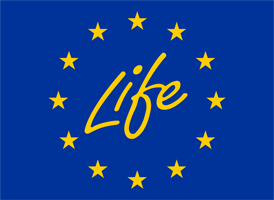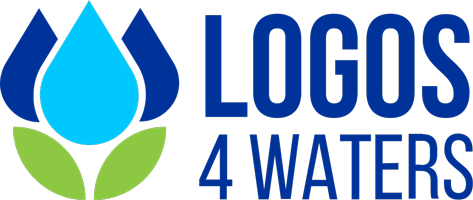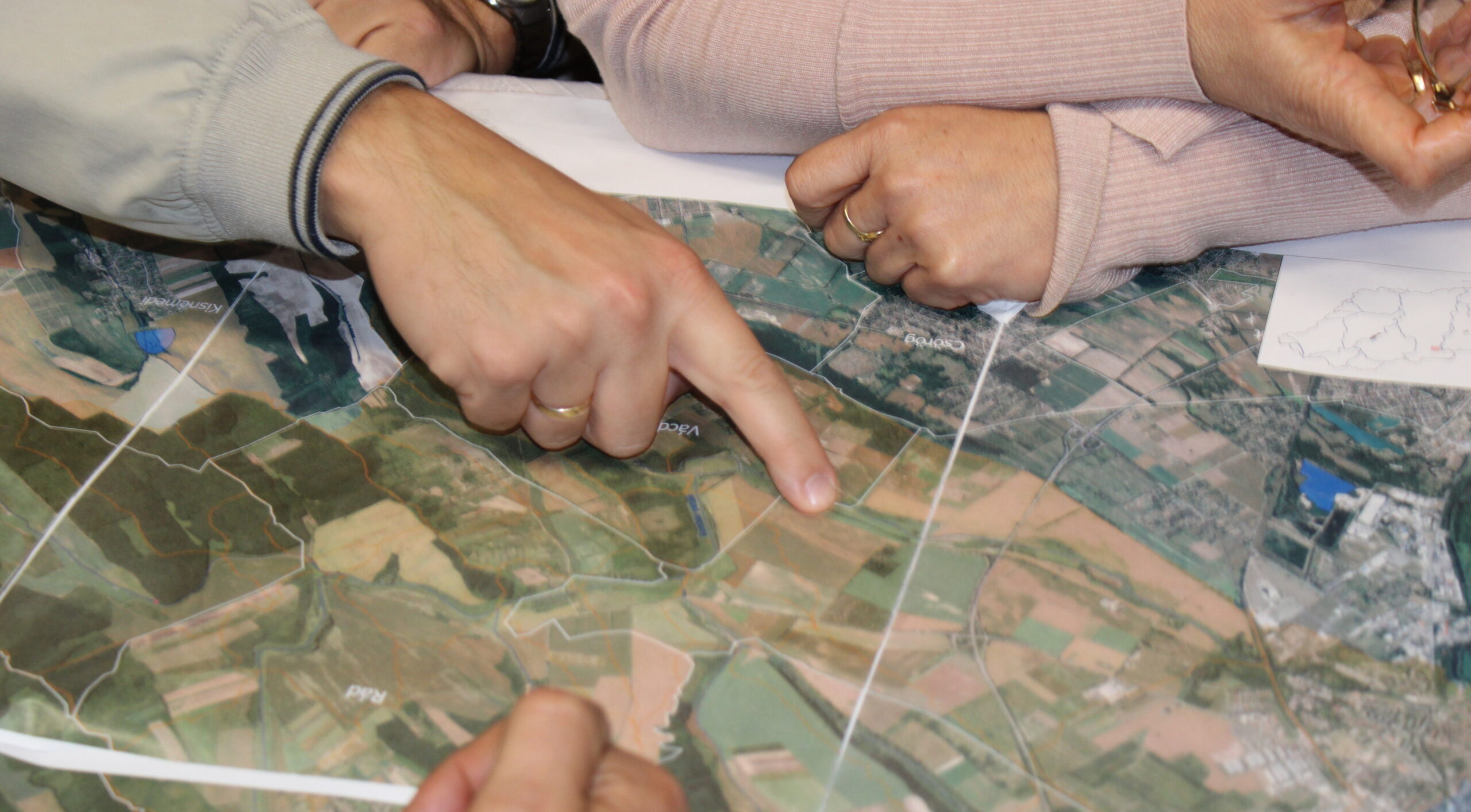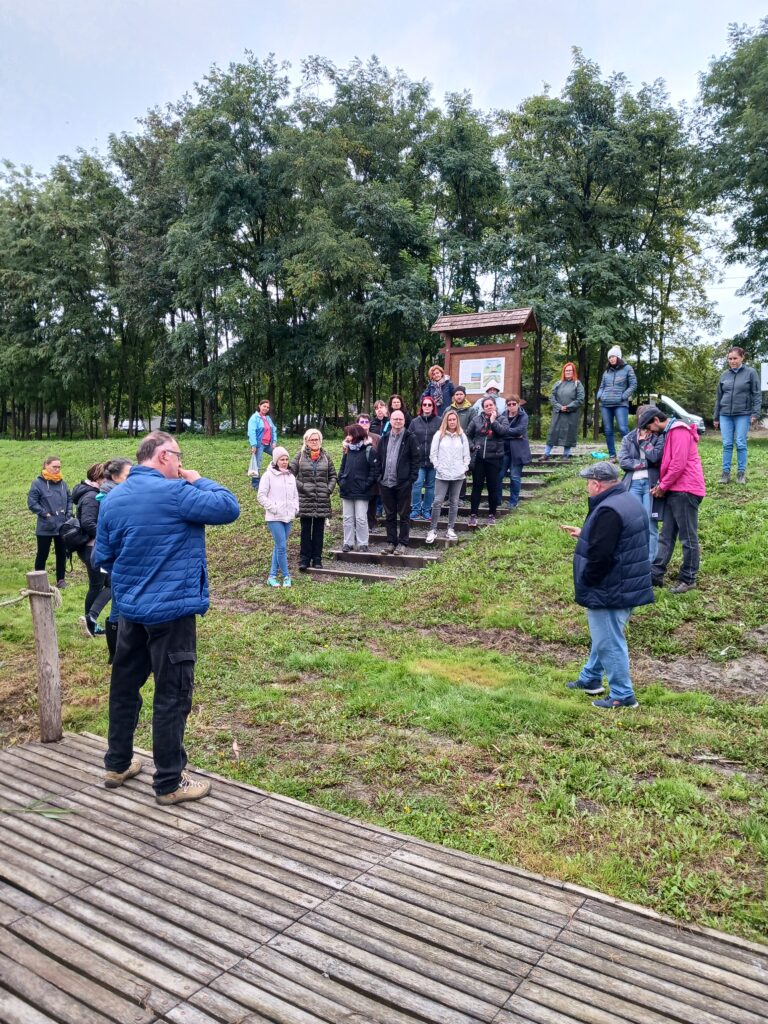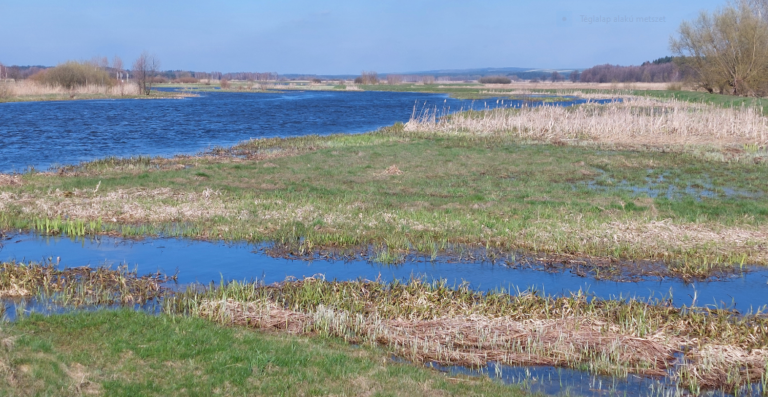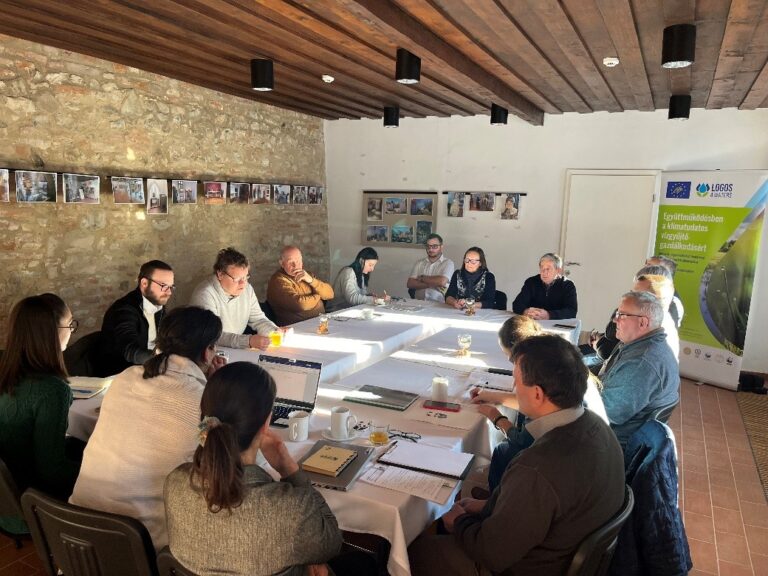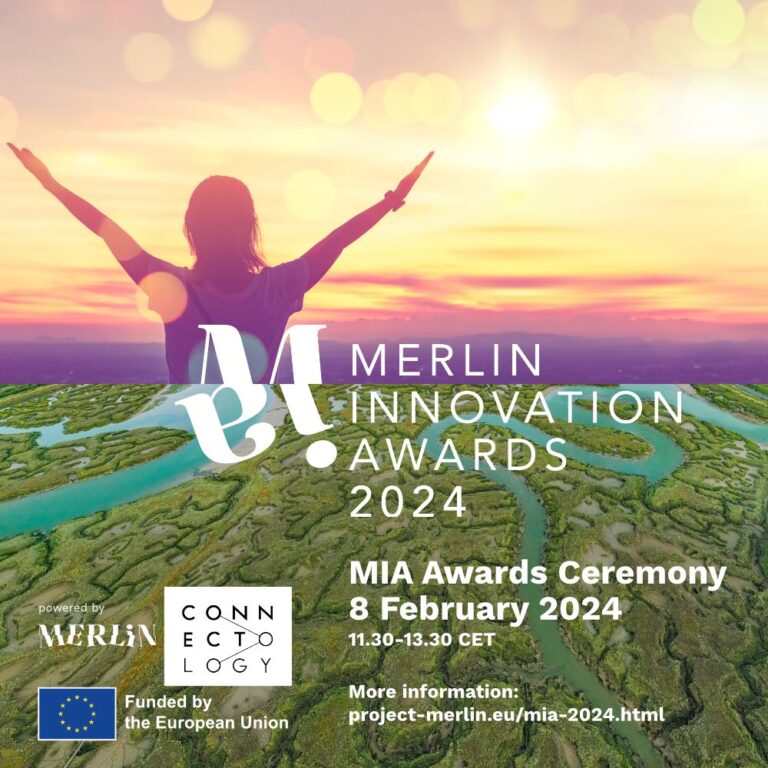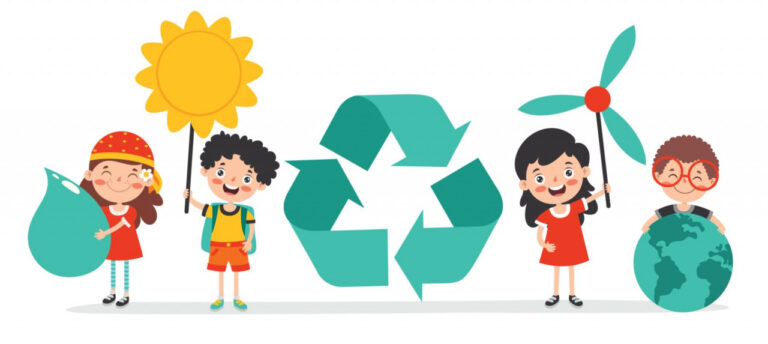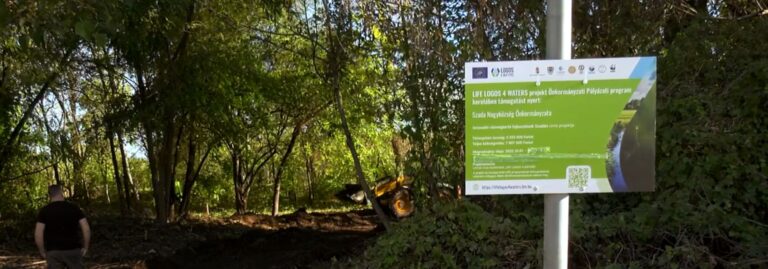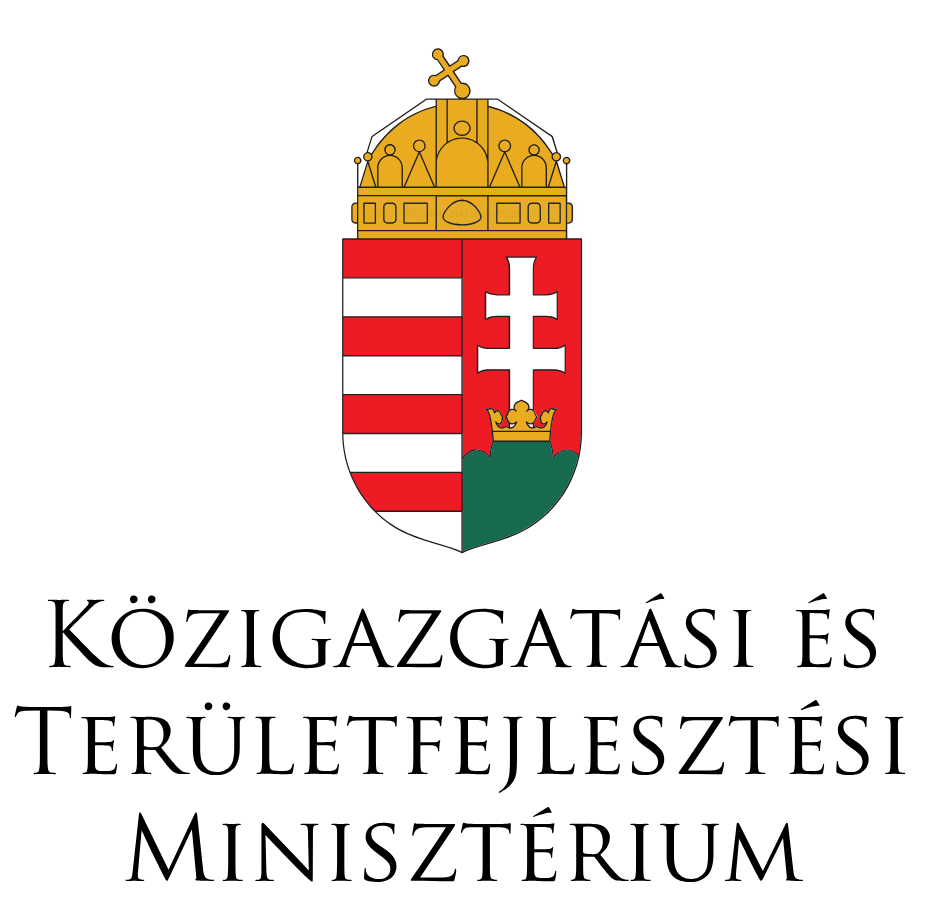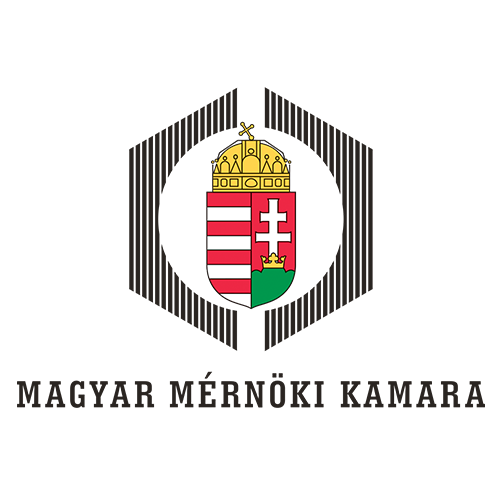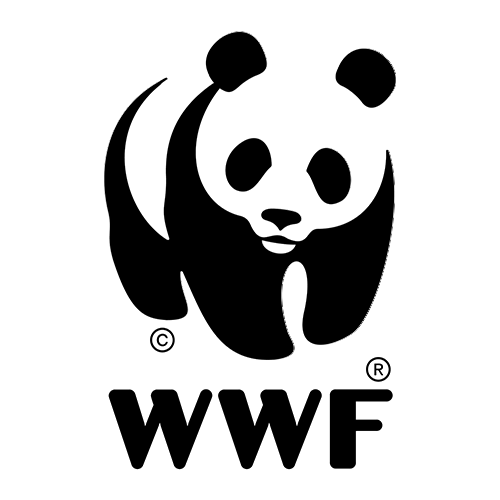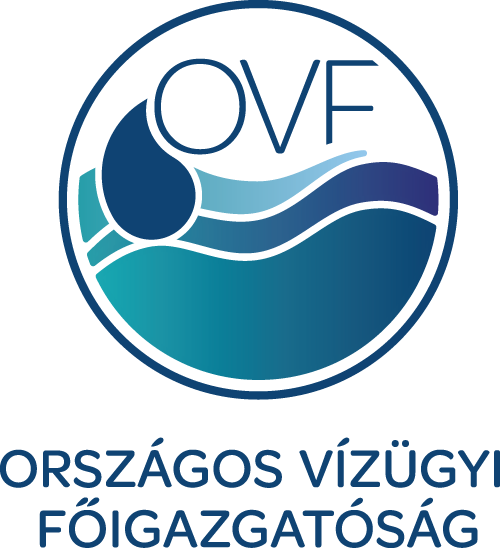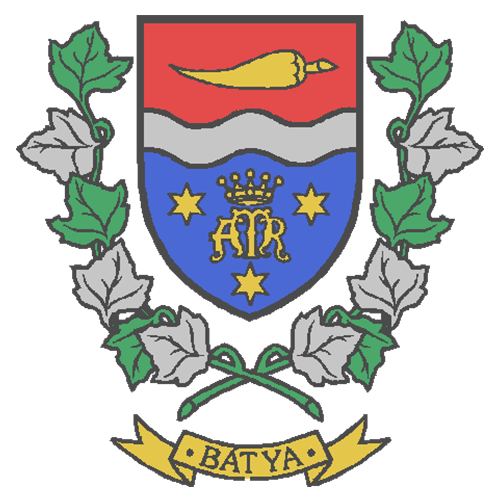At the end of September, the third meeting of the Multi-stakeholder Catchment Forums (Forum, MCF) was held, set up in the framework of the LIFE LOGOS 4 WATERS project. The meeting of the Forum in the catchment area of the Sárközi I. took place on Tuesday 27th September 2022 in Bátya.The next day, on Wednesday, another meeting was held in the catchment areas of the Szilágyi and Gombás in Püspökszilágy. The main objective of the meetings was to facilitate the identification and selection of the intervention sites to be selected by the MCF within the framework of the project, through professional presentations, thinking and brainstorming together with the participants.
The meeting in Bátya was opened by Csaba Fekete, the Mayor of settlement. Then followed the presentation by Viktória Siposs, the climate adaptation referent of the municipality, in which she shared the experiences of the first international study trip in England and the lessons learned from it that could be used in the region. Afterwards, Boglárka Lakatos, colleague of the General Directorate of Water Management presented the KASZÓ-LIFE project, which was visited in August as a networking meeting. The KASZÓ-LIFE project was implemented in the south-western part of Somogy County in the area of 15,000 ha of contiguous state forest managed by Kaszó Zrt.
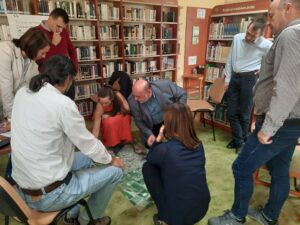
At the end of the meeting Mátyás Farkas colleague of WWF Hungary Foundation gave a presentation on the main aspects to be taken into account when selecting pilot areas as well as what databases can be used, such as the Second Military Survey (1819-1869) map, modern satellite photos, etc. However, the speaker emphasized that there is no substitute for local knowledge and field trip, possibly using a levelling instrument, in order to identify the exact locations.
After that, the two proposals for interventions received so far by the MCF were presented, which were identified in Drágszél and Dusnok. The selected areas were presented to the participants using large-scale printed aerial photographs. Both areas were low-lying, former riverbeds and old watercourses, thus they befits multiple aspects of landscape water retention and consistent with the vision of the settlements. After the presentation of the potential intervention areas, there was an opportunity to ask questions and then the members of the MCF were random divided into two groups to reflect on other possible locations with the help of maps. The group discussions were moderated by colleagues of the HÉTFA Research Institute.
The meeting in Püspökszilágy followed a similar agenda, but in order to allow a larger number of local people to attend in the meeting, it was held in the late afternoon. The guests were welcomed by the Mayor of Püspökszilágy, Sándor Tordai, who first presented briefly the results of the LIFE-MICACC project in Püspökszilágy and as well as the ongoing LIFE LOGOS 4 WATERS project. The Mayor then informed the members of the MCF that Püspökszilágy plans to submit its own LIFE application in October, which will put water retention at the service of crop production.
The Mayor’s introduction was followed by a presentation by Gergely Ámon, Managing Director of 4Streams Ltd., who presented in detail the methodology and results of the runoff model for the central part of the catchment area.
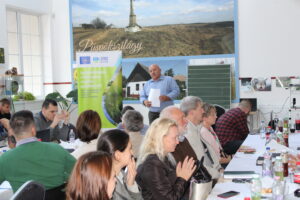
Then the Mayors, Sándor Tordai (Püspökszilágy) and Ferenc Kurdi mayor of Kosd, shared their experiences of the study trip in England, followed by a presentation by Mónika Tánczosné Elefánty, water management officer of the Middle Danube Valley Water Management Directorate. The experiences of the first national networking meeting in Kaszó were presented by Krisztián Mészáros, the catchment coordinator of Püspökszilágy. The series of professional presentations was concluded by Klára Kerpely, colleague of the WWF Hungary Foundation, who explained the theory and practice of identifying areas suitable for water retention.. In her presentation, she mentioned 3 main aspects that should always be considered when selecting possible intervention sites: geographical, technical, property rights aspects: does the intervention in the given area allow it.In the case of Püspökszilágy catchment area, no specific project ideas had yet been submitted, so after the professional presentations, small groups led by staff from the Hétfa Research Institute tried to identify possible intervention sites. The participants were assisted by high-resolution aerial maps of the catchment area and the local knowledge of the people living in the area.
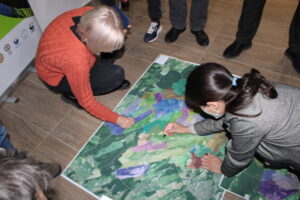
Both meetings in Bátya and Püspökszilágy were attended in large number of people and actively, so both meetings were successful. Two more MCF meetings will take place per catchment areas, at which will be closed by a voting to select further interventions to be implemented within the project from the proposals received. To collect ideas, a project data sheet has been prepared and is expected to be completed and returned to the Municipalities by the end of october as follows:
| Name of catchment area | Submit by e-mail to the following name and address | Deadline |
| Sárközi I. catchment area | Fruzsina Markó | 24 October 2022 (Monday) |
| Szilágyi and Gombás catchment area | Krisztián Mészáros | 28 October 2022 (Friday) |
The minutes of the third meeting of Bátya Multi-stakeholder Catchment Forum is available here in Hungarian, the minutes of the third meeting of Püspökszilágy Multi-stakeholder Catchment Forum is available here in Hungarian.
The video of the third meeting of Püspükszilágyi Stakeholder Forum is available here: https://www.youtube.com/watch?v=4cdEyZb64BY
Photos are available in the gallery page of the event.
